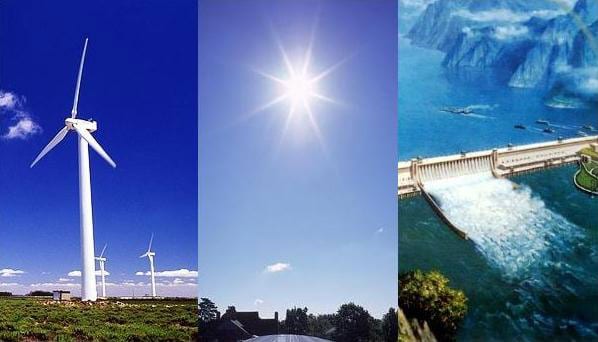The sources of renewable energy and conventional ones need technology that transform certain natural resources en power and electricity.
The economic useful life of this technology is a very important aspect to evaluate the cost-benefit that it will have in the short and long term, as well as if it is worth the investment in a certain source more than in another.
Both at an industrial level and at a domestic level, it is convenient to know the useful life of each of them as well as the level of contamination that it produces:
Photovoltaic solar panel: around 20 to 30 years depending on the type of module that uses the panels.
Turbine or onshore wind turbine: This technology lasts about 20 years with little maintenance expense.
Offshore wind turbine or wind turbine: These turbines are stronger than the terrestrial ones since the climatic conditions in the sea are difficult so they must be more resistant to reach 20 years of life.
Coal-fired power plant: From 25 years to 40 years depending on the age of the plant since the newer ones have a greater life expectancy than the old ones.
Atomic or nuclear power plant: Nuclear power plants have a life of 40 years but with maintenance it can be extended a few more years.
Hydroelectric power plants: This type of plant has a highly variable useful life that can be 30, 60,45, 150 and XNUMX years. This will depend on the type of dam and construction, size and other environmental variables such as sedimentation and erosion that can reduce its useful life by more than half.
These figures are calculated by the manufacturers and builders, they are approximate taking into account the materials, the wear of the components due to use and other variables. When defining an economic useful life, it refers to the capacity to produce energy at an acceptable economic cost.
The useful life of the technology is not always the same as the economic useful life of the same since sometimes it does not coincide. The technology or the constructions are standing but they are not economically profitable.

Hello Adriana, good article, could you cite your source please, greetings!
You lack the thermal solar, the one that heats water to a tower! XD